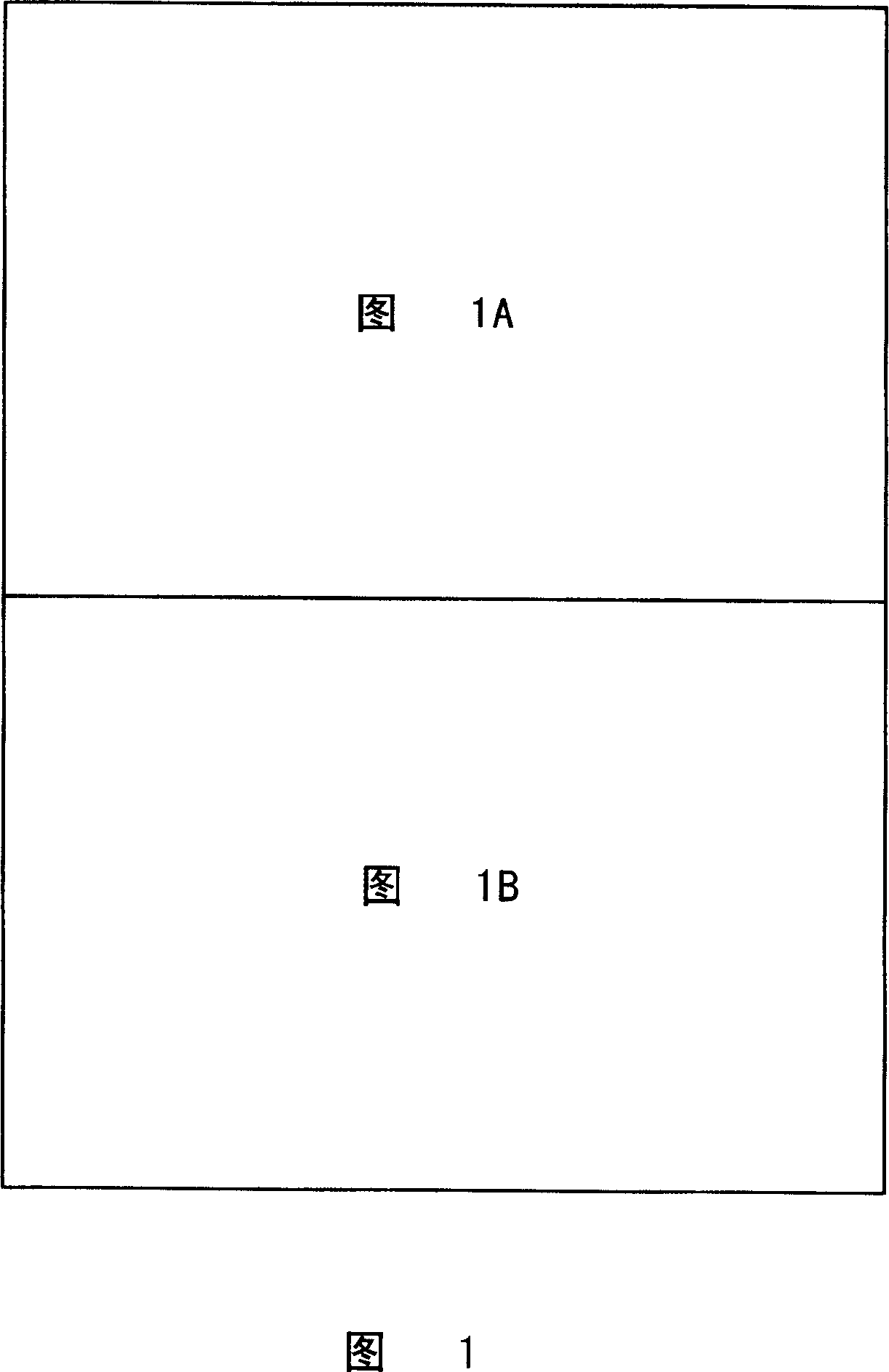Method for knowledge based image segmentation using shape models
A technology in images and images, applied in image enhancement, image data processing, instruments, etc.
- Summary
- Abstract
- Description
- Claims
- Application Information
AI Technical Summary
Problems solved by technology
Method used
Image
Examples
Embodiment Construction
[0025] Referring now to FIGS. 1 and 2 , there is shown a process for segmenting an object of interest from an image of a patient with such an object. The process first includes the generation of prior knowledge of the object, resulting in a statistical shape model of the object, steps 100 to 114 in FIG. 1 . Next, the process uses the resulting statistical shape model to segment objects from an image of the patient, here a Magnetic Resonance Image (MRI), steps 200-208 in FIG. 2 .
[0026] Generation of statistical shape models
[0027] Referring to FIG. 1 , the process generates an initial reference shape model of an object of interest to be segmented, step 100 . The reference shape model is located on a reference coordinate system, such as an x-y Cartesian coordinate system, with a free-form deformed grid having a plurality (in this case M) of grid points.
[0028] Next, the process obtains a predetermined number, N images, of such objects from the general population of desi...
PUM
 Login to View More
Login to View More Abstract
Description
Claims
Application Information
 Login to View More
Login to View More - R&D
- Intellectual Property
- Life Sciences
- Materials
- Tech Scout
- Unparalleled Data Quality
- Higher Quality Content
- 60% Fewer Hallucinations
Browse by: Latest US Patents, China's latest patents, Technical Efficacy Thesaurus, Application Domain, Technology Topic, Popular Technical Reports.
© 2025 PatSnap. All rights reserved.Legal|Privacy policy|Modern Slavery Act Transparency Statement|Sitemap|About US| Contact US: help@patsnap.com



